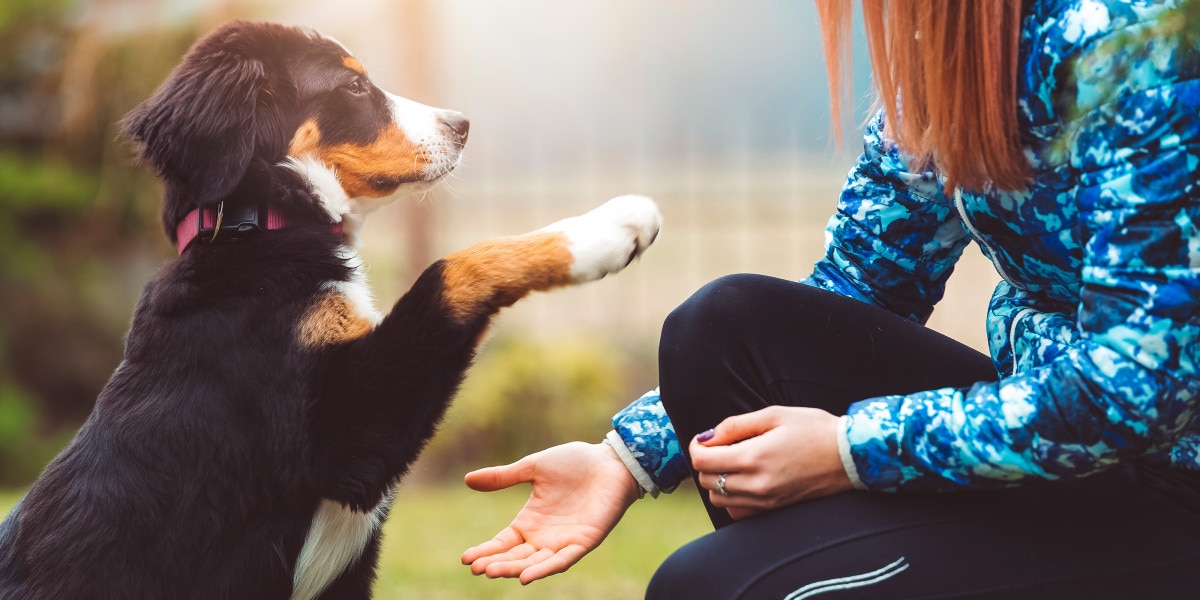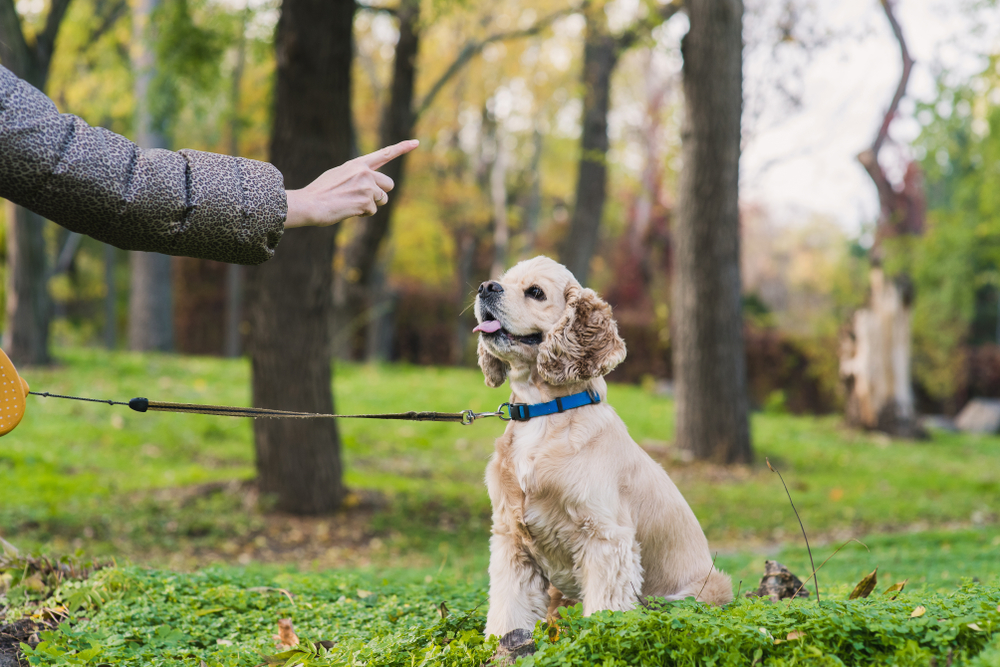Puppy Training 101: How to Start Teaching Your New Pup Right Away
Puppy Training 101: How to Start Teaching Your New Pup Right Away
Blog Article
Leading Young Puppy Training Methods to Guarantee a Well-Behaved Pet
Reliable pup training is critical for growing a well-behaved buddy, and various strategies can significantly affect a pet's advancement. Among these, positive support stands out as a foundational strategy, advertising count on and encouraging preferable actions. Uniformity in commands and very early socialization are just as essential, laying the groundwork for a well-adjusted pet. In addition, the duties of cage training and chain rules can not be neglected. As we discover these approaches even more, it becomes clear that the success of pup training depends upon a mix of methods that can change your family pet's behavior in impressive methods.
Favorable Reinforcement Methods
Utilizing positive reinforcement techniques is essential for efficient puppy training, as it urges desired habits via benefits instead than punishment. This technique profits from the all-natural learning processes of pet dogs, reinforcing etiquette by supplying tangible and immediate incentives, such as deals with, praise, or play. By connecting positive results with certain actions, young puppies are most likely to repeat those habits in the future.
Efficient favorable reinforcement includes timing and consistency. Incentives should be provided immediately after the wanted behavior takes place to produce a clear connection in the pup's mind. Additionally, differing the kinds of benefits can keep a pup's rate of interest and inspiration throughout the training procedure. As an example, some pups might respond far better to verbal appreciation while others might like a favorite toy or treat.

Consistency in Training Commands
Keeping consistency in training commands is essential for reinforcing the lessons discovered via positive reinforcement methods. Pet dogs thrive on regular and predictability, so using the exact same spoken commands and hand signals for details actions is necessary. This uniformity assists puppies comprehend what is expected of them, decreasing complication and frustration for both the family pet and the fitness instructor.

Timing also plays a significant duty in consistency. Commands must be delivered immediately during training sessions and adhered to promptly by positive reinforcement, such as treats or appreciation. This instant feedback assists solidify the organization between the command and the wanted habits.
Incorporating consistency right into training sessions will create a stable learning environment, promoting quicker mastery of commands. Ultimately, a well-structured technique cultivates a solid bond in between the pup and its owner, leading to an extra well-behaved and obedient animal.
Socialization With Various Other Pet Dogs
Socializing with other animals is critical for a young puppy's development, as it assists them find out suitable actions and interaction skills in varied social contexts. Very early communications with various animals can dramatically influence a young puppy's temperament and versatility in numerous situations. When young puppies are revealed to a selection of animals, they become a lot more confident and less afraid, which can prevent prospective behavior problems later on in life.

Teach your young puppy to identify signals from other pets, such as indicators of playfulness or discomfort, fostering shared regard and understanding. Routine socializing not only enhances your pup's social abilities however likewise adds to their total health, creating a much more unified living environment.
Cage Training Perks
Recognizing the numerous benefits of dog crate training can substantially improve both the puppy's and owner's experience. Crate training gives a protected and secure environment for young puppies, guaranteeing they feel protected when laid off. This complacency can substantially lower anxiety and anxiety degrees for both the pet and the proprietor.
Additionally, dog crates function as a valuable house-breaking device. Pups normally stay clear of soiling their sleeping area, consequently urging them to hold their bladder until they are let outside. This impulse can speed up the house-training process, fostering good practices early.
Crate training additionally assists in handling a pup's actions when unsupervised. By supplying an assigned room, owners can prevent destructive habits, such as chewing on furniture or entering into unsafe substances. Crates can be beneficial throughout traveling, using a familiar space that can help calm a pup in brand-new atmospheres.
Lastly, developing a pet crate regular encourages freedom, permitting young puppies to learn how to be alone without anxiety. Generally, cage training is an effective approach for promoting technique, harmony, and safety, resulting in a well-adjusted, mannerly family pet.
Chain Training Fundamentals
Leash training is a fundamental element of responsible family pet ownership that makes sure top article a pleasurable and secure walking experience for both the pup and its owner. Appropriate chain training begins early, preferably during the pup's socialization duration. When out in public., this training helps develop good practices and advertises favorable behaviors.
To begin, pick a comfy collar or harness that fits your puppy well. Attach a tough leash, ensuring it is not as well long, as this can bring about pulling and unpredictable actions. Start in a quiet setting to minimize distractions and slowly present your pup to brand-new surroundings.
Use positive reinforcement techniques, such as treats and appreciation, to urge your pup to stroll next to you. If your pup pulls, quit strolling and wait for them to return to your side prior to proceeding.
Furthermore, include short training sessions with enjoyable disturbances to construct your young puppy's focus. With devotion and determination, chain training will result in a well-mannered companion, making strolls delightful for both the owner and the pup.
Final Thought
In final thought, employing reliable puppy training methods is essential for creating a well-behaved family pet. Overall, these techniques collectively advertise a harmonious partnership between young puppies and their proprietors.
As we explore these approaches even more, it becomes clear that the success of pup training hinges on a combination of strategies that can change your animal's behavior in exceptional ways.
Making use of favorable support strategies is crucial for reliable young puppy training, as it urges desired habits via rewards rather than punishment.Crate training likewise assists browse around here in taking care of a puppy's behavior when without supervision.Leash training is an essential facet of liable pet dog click to read more ownership that guarantees a satisfying and secure walking experience for both the puppy and its owner.In conclusion, employing effective puppy training techniques is important for establishing a well-behaved animal.
Report this page